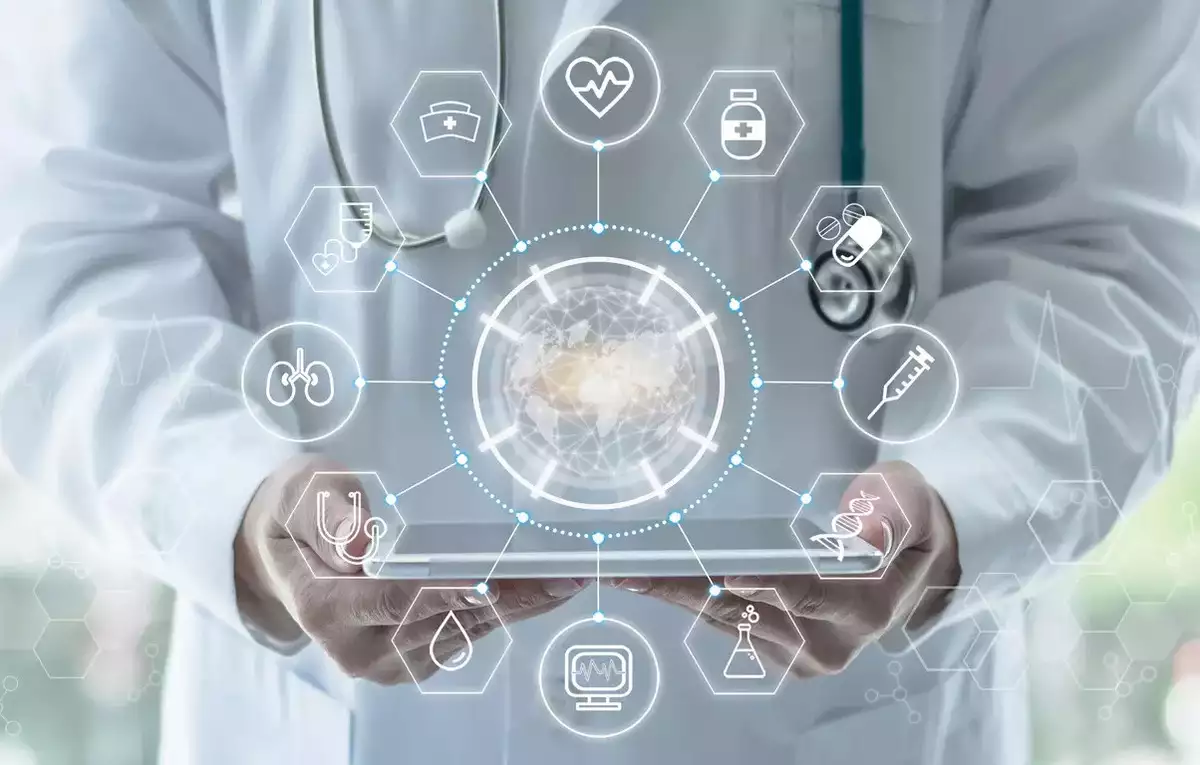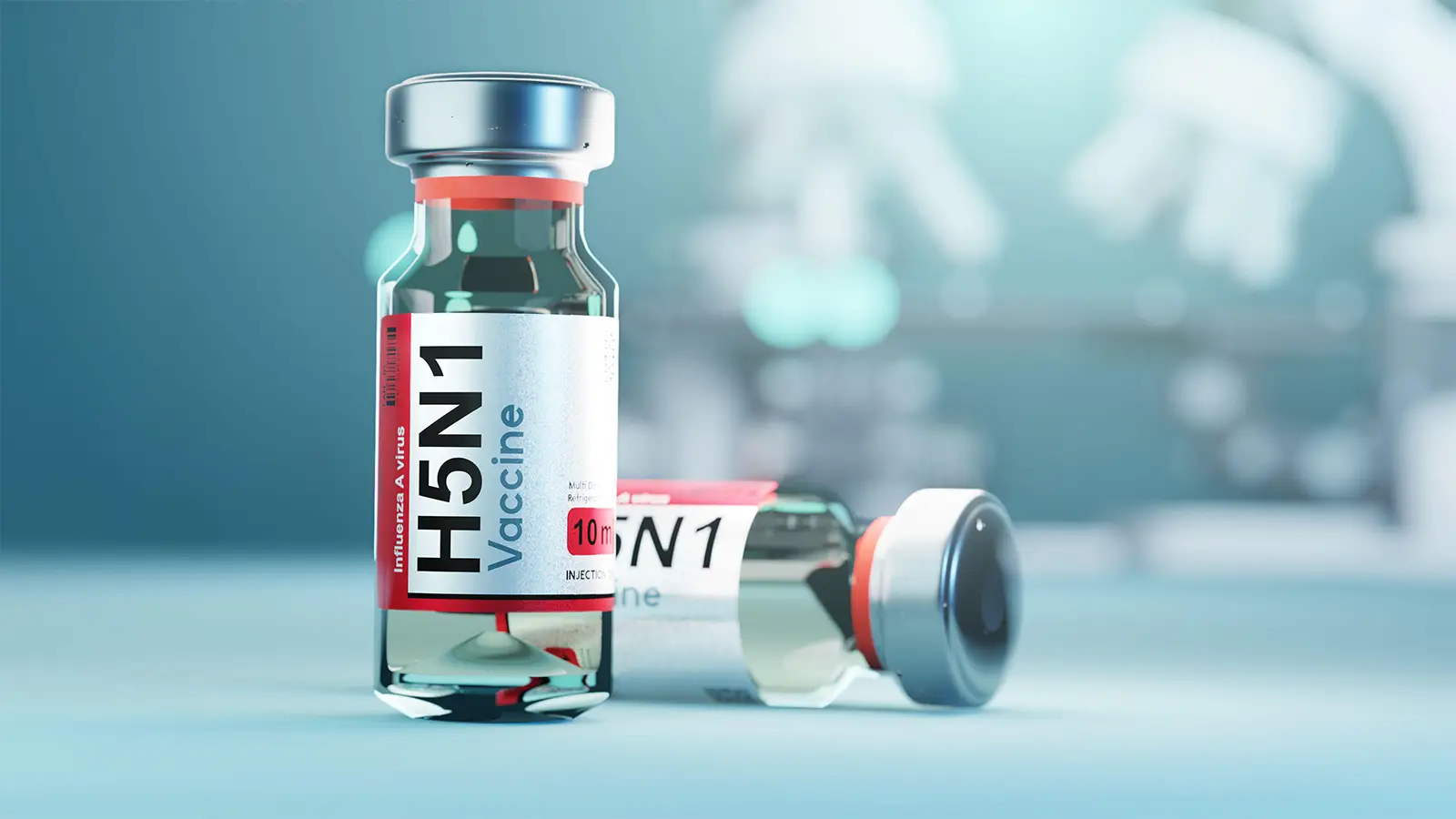Biomedical innovations have significantly transformed the healthcare landscape, offering new solutions and advancements that have enhanced patient care and outcomes. These groundbreaking developments encompass various fields, including medical devices, pharmaceuticals, diagnostics, and treatments, reflecting the dynamic and ever-evolving nature of medical science. This article explores the myriad ways in which biomedical innovations are reshaping healthcare, delving into the latest advancements and their implications for the future of medicine.
Advancements in Medical Devices
Using such a sensor, we could detect, track and manage countless health-related parameters, including pulse and breathing rate, as well as the given activity. The da Vinci Surgical System, a sophisticated robot, has cut-down post-surgical times thanks to its precision In fact, advanced medical devices have enabled more effective and less intrusive diagnostic and therapeutic procedures. Just a couple of examples include smart implants that are capable of transmitting data from a patient in real time, and wearable technology that provides vital health metrics, such as fitness trackers and smartwatches. A very sophisticated robot, the da Vinci Surgical System, is able to carry out very sharp-cutting operations and, because of its precision, has significantly cut down post-surgical times.
Robotic surgery is one of the most ground-breaking biomedical innovations of our time: it has the potential to allow surgeons greater precision and improved control over procedures. For example, this type of technology reduces the potential for human error, decreases the invasiveness of operations, and shortens hospitalisations. Robotic systems like the da Vinci Surgical System allow for complex surgeries to be performed through much smaller incisions than ever before, which in turn may speed up recoveries and lower the chances of complications. Such advancements also help to maximise the efficiency of healthcare utilisation by improving patients’ experiences.
Breakthroughs in Pharmaceuticals
The pharmaceutical industry in particular has spearheaded some of the most important advances in biomedicine. Personalised medicine is one of these pillars: individualised treatments based on genetic profiles greatly increase effectiveness and reduce side-effects, thereby increasing treatment effectiveness and safety. Another example: targeted therapies, particularly in the field of oncology, considerably increased efficacy and reduced side-effects. Without significant financial incentives to pharmaceutical companies, many of these life-changing medicines would not have been developed, and we would still be awaiting an effective cure for cancer.
Another major milestone is the development of biologics and biosimilars – the first category of active substances derived from a biological source, like a living organism, while the latter are substitutes that are biologically highly similar to an original biologic product, reducing both manufacture and therapeutic costs. Biologics bring a number of innovation opportunities, with transformational treatments for autoimmune diseases, cancers and other conditions becoming available, while biosimilars support progress towards a more sustainable healthcare system by reducing costs and extending access to advanced therapies.
Innovative Diagnostic Techniques
Innovative diagnostic techniques have led to more diseases being caught at an early stage, enabling better treatment from the outset. Diagnostic techniques that employ imaging – MRI, CT scans, PET scans, etc – have increased accuracy in discerning diseases and effective way to intervene sooner in a disease’s progression, often producing more accurate and early results than ever before. With a more accurate understanding of the human body, imaging techniques allow for the identification of anomalies with greater and more focused precision, including via subsequent follow-up diagnoses. In addition, molecular diagnostic techniques have enabled a new stage of endogenous disease, in part through the way they identify and understand disease at a genetic level.
Point-of-care testing has been another significant niche where biomedical innovation has proven important: bedside or remote tests combined with rapid results enable service providers to make medical decisions immediately. The use of portable ultrasound machines and rapid diagnostic kits for infectious diseases can facilitate timely diagnosis, which is necessary to provide appropriate treatment. Artificial intelligence in the design of diagnostic tools also improves accuracy and speeds up diagnostic processes, opening the door to a new mode of precision medicine.
Advances in Regenerative Medicine
Regenerative medicine has been the subject of a recent burst of progress, and the future of this field, drawing on the remarkable potential of stem cell therapy, in particular, is a tantalising prospect for the treatment of numerous pathologies, from spinal cord injury and heart disease to neurodegenerative disorders. If taken to its full potential, the capacity to regenerate tissues has the potential to repair and even replace damaged and dysfunctional tissues and vital organs, offering hope for the treatment of a wide range of hitherto intractable conditions, and the return of normal function and improved quality of life.
Tissue engineering and 3D bioprinting are two other high-impact innovations in the field of regenerative medicine. They refer to the technique used to build tissues and organs outside the body, which can go on to be used for transplantation purposes or research. For example, the use of 3D bioprinting technology can aid in the construction of artificial scaffolds to repair damaged bone and cartilage tissues, while engineered organ tissues can be used to model diseases and screen drug safety and efficacy. Innovations in biotechnology and pharmaceuticals have enabled the development of a range of different regenerative medicine applications, leading to groundbreaking measures for treating diseases and tissue injuries.
Impact of Digital Health Technologies
Tele-health platforms provide platforms to deliver and manage health care services and have offered important tools for patients and clinicians. A good example is tele-medicine, giving patients the opportunity to consult with their doctors or care providers from their homes, which became prominent during the COVID-19 pandemic. It allows individuals to seek out medical advice and monitoring services without the need for face-to-face encounters, and reduces the possibility of infectious disease exposure. Telemedicine has also provided health services for people in remote locations or underserved populations who were previously unable to access health care, by overcoming the health care disparities.
Another area where digitalisation has significantly influenced healthcare is in the use of artificial intelligence (AI) and machine learning, where specialised algorithms are used to analyse large data sets for relevant patterns and predictions that could lead to a better clinical decision-making process and individualised treatment plans. For example, using AI-powered diagnostic tools to detect diseases in their early stages and using predictive analytics to help manage certain chronic illnesses and prevent patient readmissions to hospitals are essential in improving the resource-efficiency of healthcare delivery and ensuring a better outcome for patients.
Future Directions in Biomedical Innovations
Biomedical innovations are likely to keep coming, and they will be even more life-changing than those we’ve seen already. The most promising innovative technologies in the biomedical industry focus on gene editing. There’s a group of gene editing technologies called CRISPR-Cas9 that could treat or even cure some genetic disorders by altering individual DNA sequences. Inheritable diseases would be well treated using this technology. It could act quickly and permanently, reducing the incidence of many common disorders by eliminating the root causes. Another innovative technology in development in the biomedical industry is nanomedicine, which involves drugs and delivery systems at the nanoscale. These drugs and systems monitor real-time biological events, which will provide a high degree of specificity for treating targeted cells and tissues in humans.
There is also great potential in leveraging big data and health analytics, where massive datasets can be utilised to explore more about the trajectory of a disease, response to therapies and outcomes in patients. This can aid clinicians in their clinical decision making, guide personalised medicine and enhance public health policy, respectively. Biomedical innovation will continue unabated, and accelerate through the supportive infrastructure of integrated technologies and deeply collaborative models, bolstering the future of healthcare and wellness of us all.
Conclusion
Biomedical innovations are at the forefront of transforming healthcare, bringing about new advancements that enhance patient care, improve outcomes, and pave the way for future breakthroughs. From medical devices and pharmaceuticals to diagnostic techniques and regenerative medicine, these innovations reflect the dynamic and ever-evolving nature of medical science. As digital health technologies and future directions in biomedical research continue to evolve, the potential for innovative medicine to revolutionize healthcare is boundless. Embracing these advancements will not only improve the quality of life for patients but also ensure a more efficient and effective healthcare system for generations to come.




